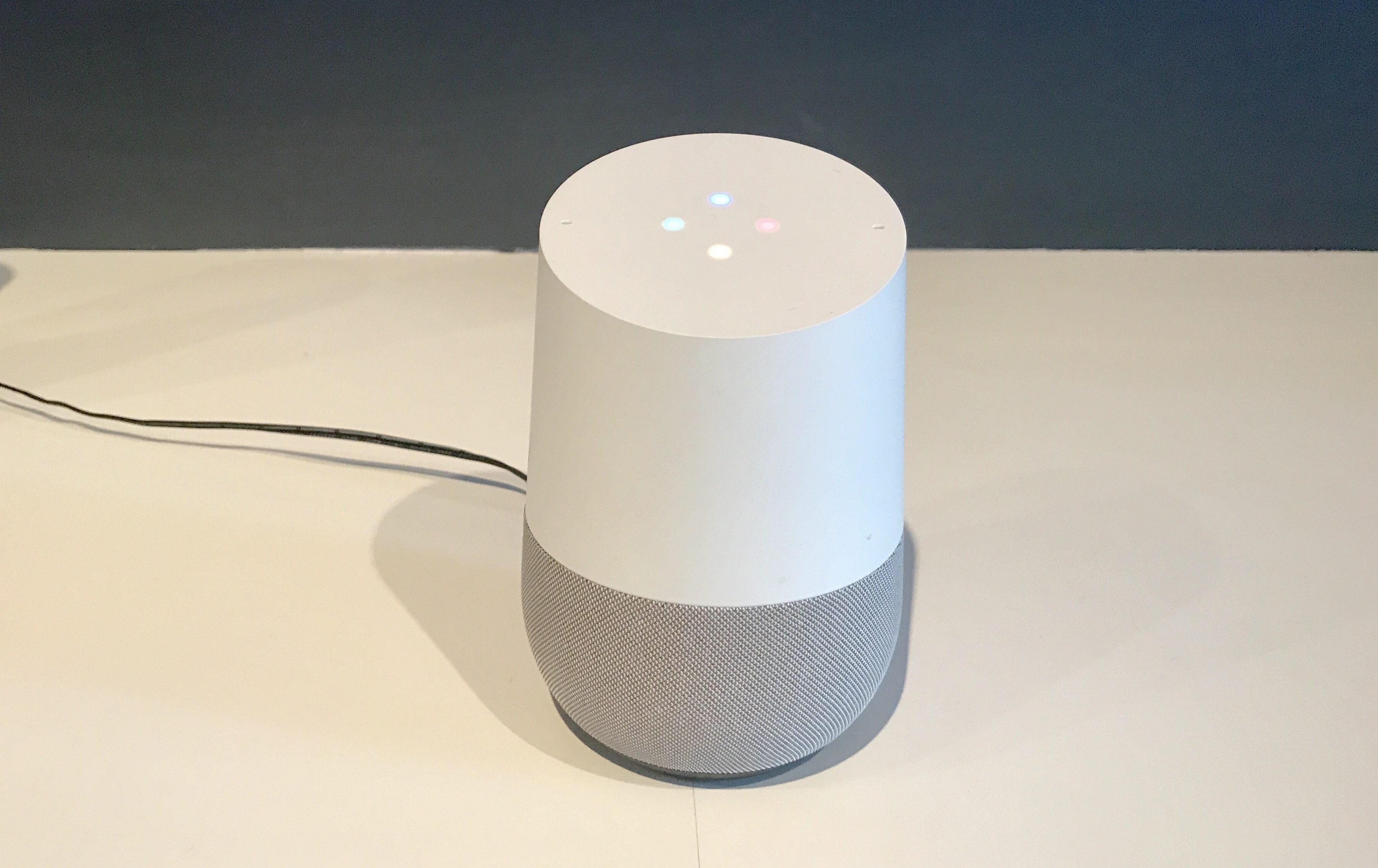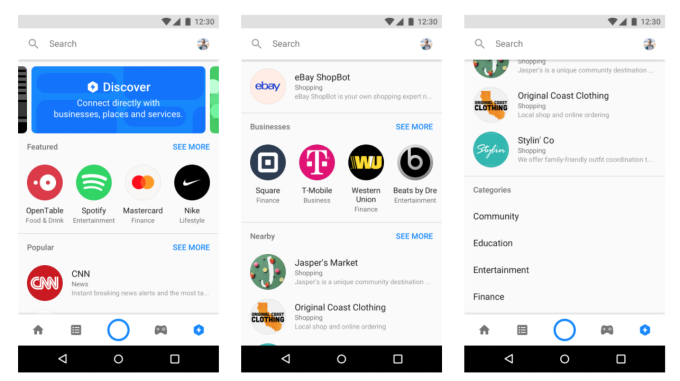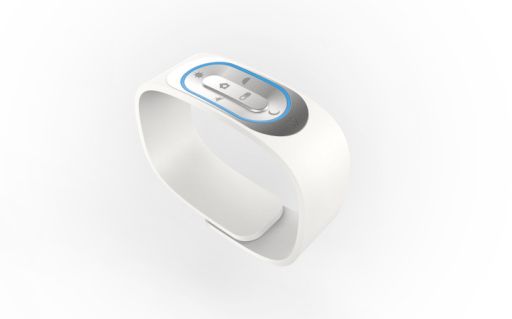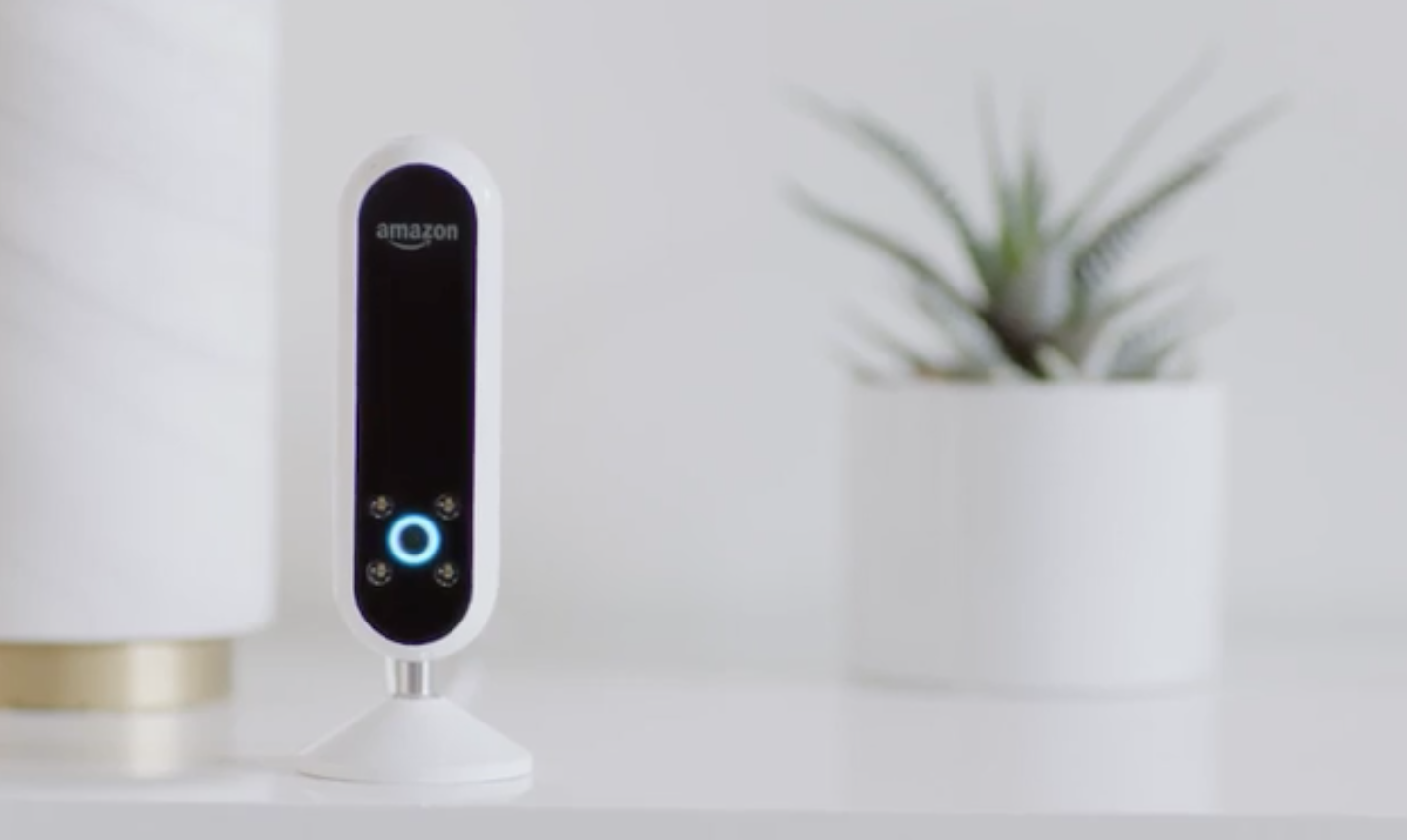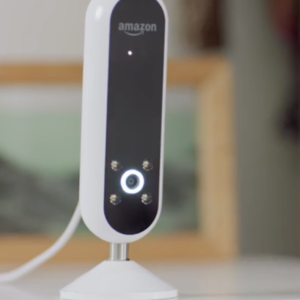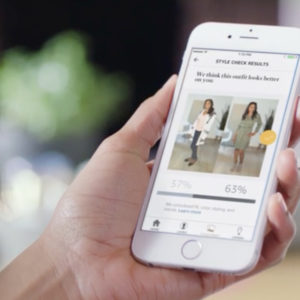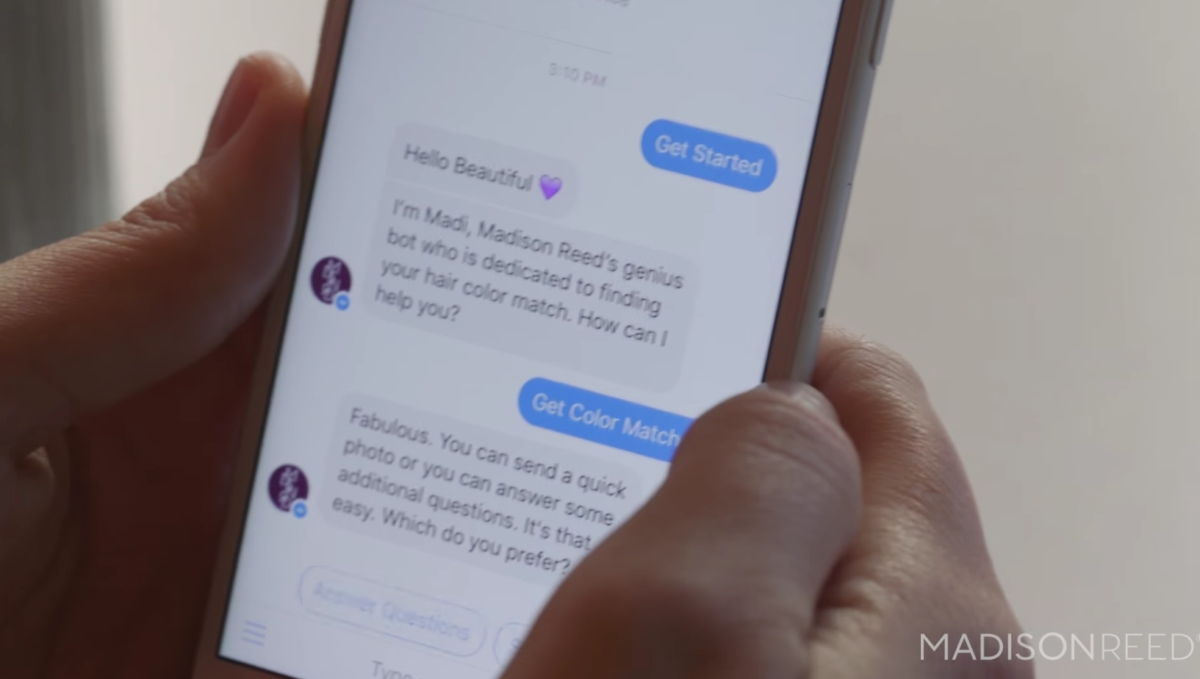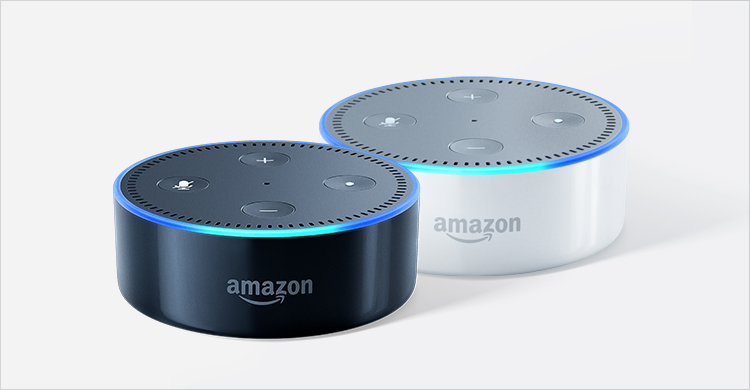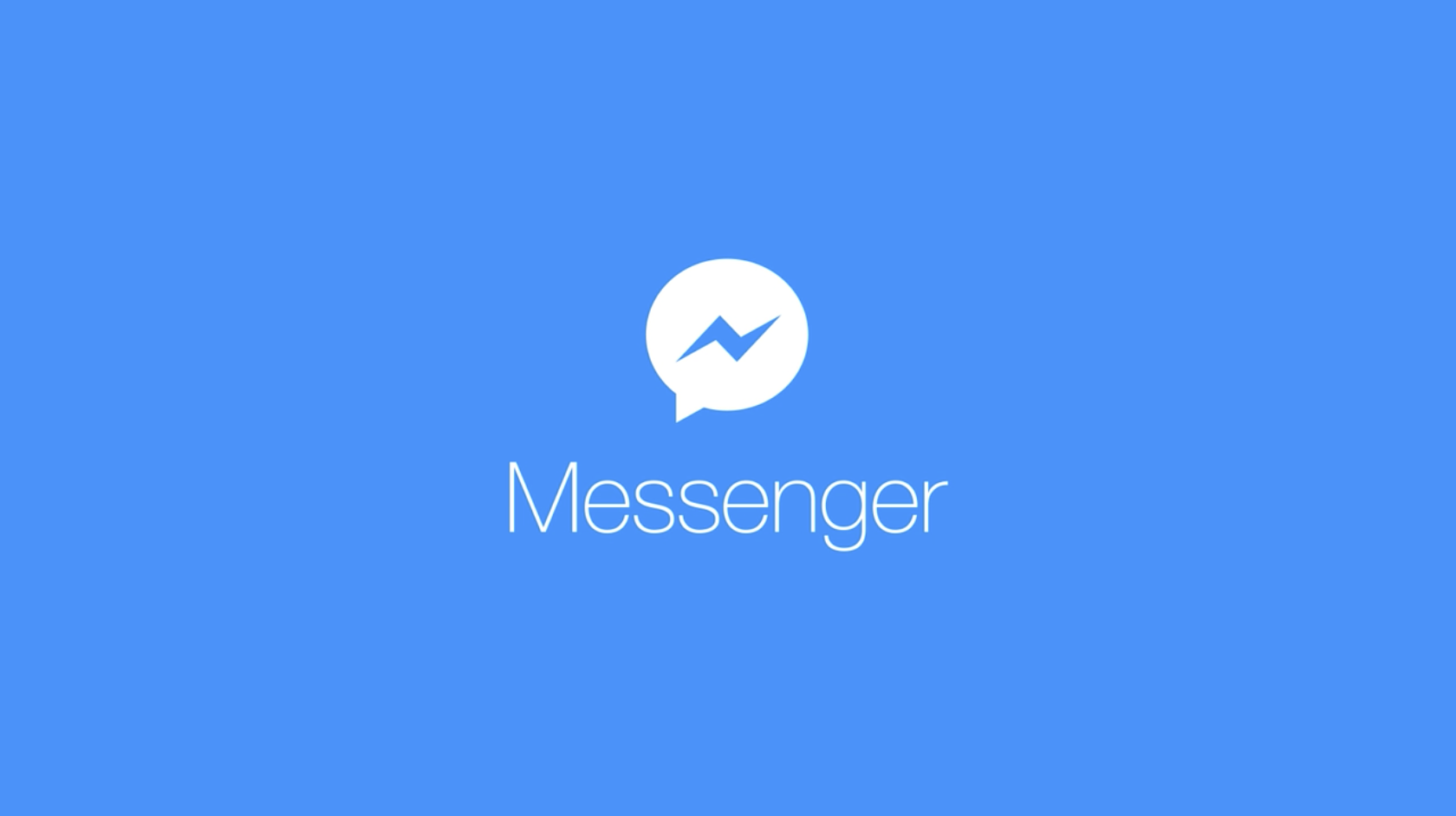What Happened
On Thursday, Google released a software development kit (SDK) in “developer preview,” marking the start of allowing third-party hardware manufacturers to integrate its voice assistant in their products. Google Assistant is currently only available on select Android phones and smartwatches, Google’s Allo chat app, as well as its smart speaker Google Home. Using the “Actions on Google” API launched last year, developers can already create their own conversational experiences for Google Assistant.
What Brands Need To Do
This new SDK should help Google Assistant get on more connected devices, helping it to stay competitive with Amazon’s Alexa, which launched Alexa Voice Service (AVS) back in June of 2015 to allow hardware makers to add Alexa to their devices. For now, Alexa will likely still get to enjoy an early lead in the voice assistant race for a while, but as the competition heats up, consumers will have an increasing array of options to choose from. Google Assistant do have one big advantage over Alexa in search, and according to ComScore, by 2020, half of all searches will be voice searches. Brands needs to prepare for that future by developing conversational experiences for various platforms to make them readily accessible to customers.
How We Can Help
The Lab has extensive experience in building Alexa Skills and chatbots to reach consumers on conversational interfaces. So much so that we’ve built a dedicated conversational practice called Dialogue. The “Miller Time” Alexa Skill we developed with Drizly for Miller Lite is a good example of how Dialogue can help brands build a conversational customer experience, supercharged by our stack of technology partners with best-in-class solutions and an insights engine that extracts business intelligence from conversational data.
If you’d like to learn more about how to effectively reach consumers on conversational interfaces, or to leverage the Lab’s expertise to take on related client opportunities within the IPG Mediabrands, please contact our Client Services Director Samantha Barrett ([email protected]) to schedule a visit to the Lab.
Source: Ars Technica
